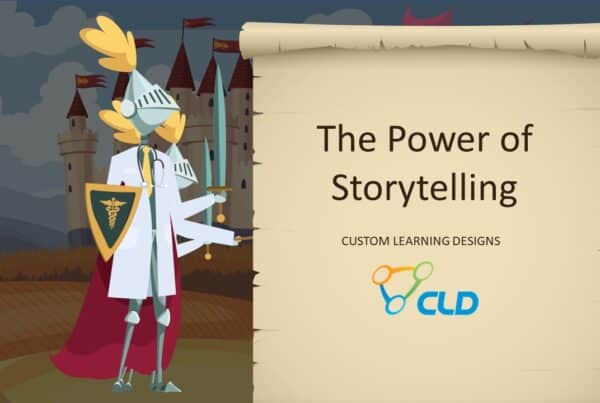 During my first day at this energizing Masie Center event, not only was I reminded that gamification is not gaming, I also learned that although the word gamification sounds more corporate than game, it still doesn’t sound corporate enough to include in a story on your company in the Wall Street Journal. Instead, it would be better accepted by the C-Suite if the word “game” was taken out of the word altogether and we referred to it as Engaged Learning.
During my first day at this energizing Masie Center event, not only was I reminded that gamification is not gaming, I also learned that although the word gamification sounds more corporate than game, it still doesn’t sound corporate enough to include in a story on your company in the Wall Street Journal. Instead, it would be better accepted by the C-Suite if the word “game” was taken out of the word altogether and we referred to it as Engaged Learning.
Think back to your own childhood…what was powerful and memorable about games from that time? That’s how we began, recollecting that games inspired collaboration and community, they had rules that we all tried to bend, they fostered competitiveness; and they were just plain unscripted fun. These were just some of the points that we listed to begin our understanding of how games and gamification can enhance learning. To get senior executives to understand the impact of gamification, start by having them consider what gaming was for them.
Here are just a few of the takeaways from today’s morning session:
- it is less expensive to take an element of a game and “velcro” it onto an activity rather than to build an actual game; for example, you can build an HTML link attached to an existing course and ask people if they’d like to post their scores as a simple way to add a gamification element
- gamification works especially well with salespeople, but to be sustainable, you need to add in new elements regularly or else interest declines
- game elements are powerful if they allow learners to compete against: themselves; a standard; or someone else or some other group
- games work if you allow learners to fail and failure is part of the structure so learners can fail their way to success; modern day eLearning has taken the element of failure out of the learning
- we need to promote learning by focusing on behaviors outside of the game and not on the game itself and allow learners to solve a problem
A conversation with Karl Kapp who wrote The Gamification of Learning and Instruction provided us with additional insights to consider based on his research.
- As we design games and leaderboards, we need to consider what happens if 10 people win and 80 don’t, especially since the data show that individual leaderboards are not as effective as group-based leaderboards.
- In response to a question on metrics associated with gamification, Karl referred to the data that shows that distributed practice or learning over time improved retention by 40% and gamification allows for distributed practice and daily testing.
- For gamification to be done well, it needs to tie activities to performance and behavioral outcomes; it’s not about winning points—it’s about mastery and moving to the next level of performance.
- Performance-based rewards and badges need to be meaningful by tying them to hard work with a level of effort.
- Gamification is a design sensibility; not a technology one.
Finally, we ended the day discussing badging. In spite of the line from the movie The Treasure of the Sierra Madre, “Badges, badges, we don’t need no stinking badges,” we actually found great opportunities for incorporating badging into corporate learning.





